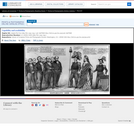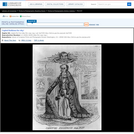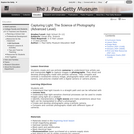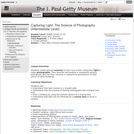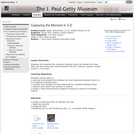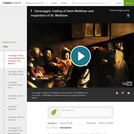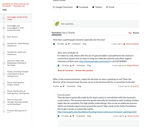
This resource is a video abstract of a research paper created by Research Square on behalf of its authors. It provides a synopsis that's easy to understand, and can be used to introduce the topics it covers to students, researchers, and the general public. The video's transcript is also provided in full, with a portion provided below for preview:
"Cancer-associated fibroblasts, or CAFs, make up 50 to 90% of a solid tumor’s volume. Embedded between a tumor’s core and healthy tissue, CAFs contribute to tumor initiation, progression, and invasion, and according to a new study, CAFs might also contribute to tumors’ ability to resist radiation therapy. Researchers coaxed CAFs to form by culturing normal fibroblasts with cancer cells from different tissues, including the breast, brain, lung, and prostate. Compared to normal fibroblasts, these CAFs showed less DNA damage from gamma ray radiation. This “radioresistance” was linked to DNA repair machinery deployed by CAFs. Treating CAFs with molecules inhibiting the repair of single- and double-stranded DNA reduced their defenses against radiation. Further insight into how CAFs communicate with surrounding cancer cells and healthy tissue could prove vital, as it could help researchers and clinicians find ways to topple tumors’ defenses against anticancer therapies..."
The rest of the transcript, along with a link to the research itself, is available on the resource itself.
- Subject:
- Biology
- Life Science
- Material Type:
- Diagram/Illustration
- Reading
- Provider:
- Research Square
- Provider Set:
- Video Bytes
- Date Added:
- 10/16/2021
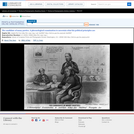
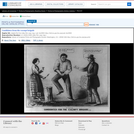
![[Cannon]](https://img.oercommons.org/160x134/oercommons/media/upload/materials/screenshots/materials-course-93087.png)

